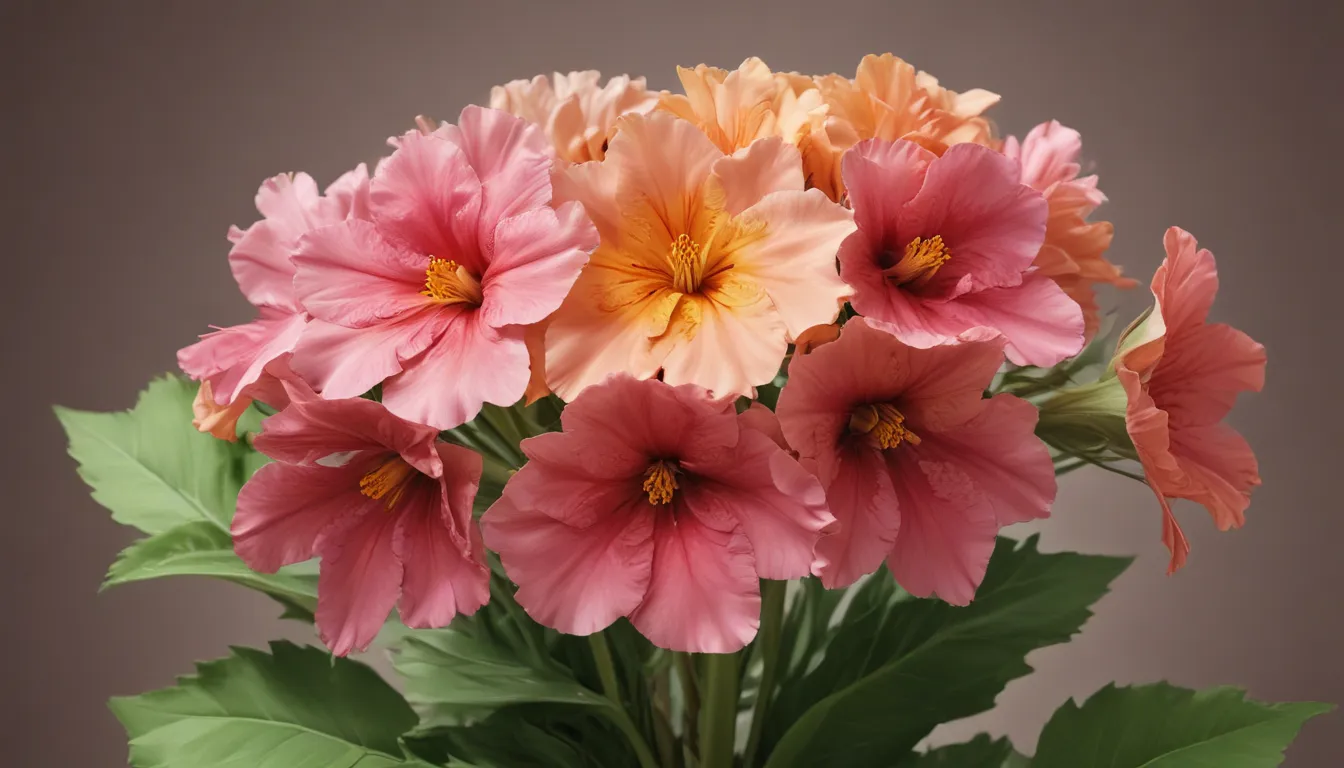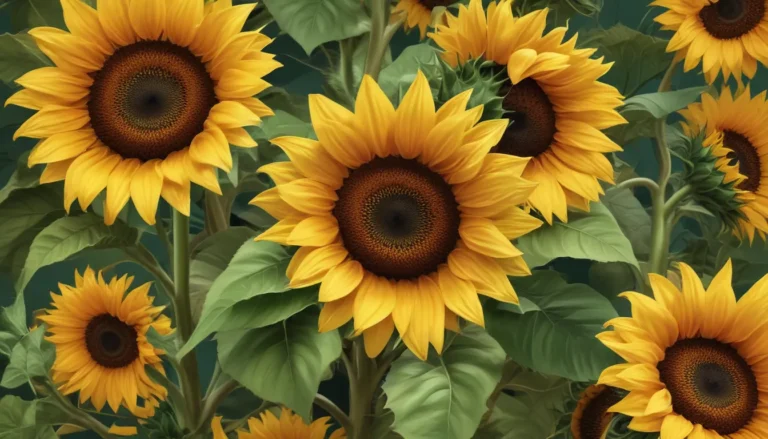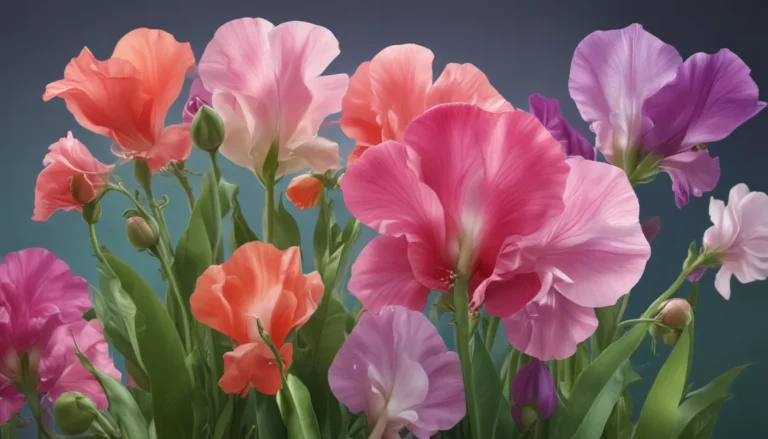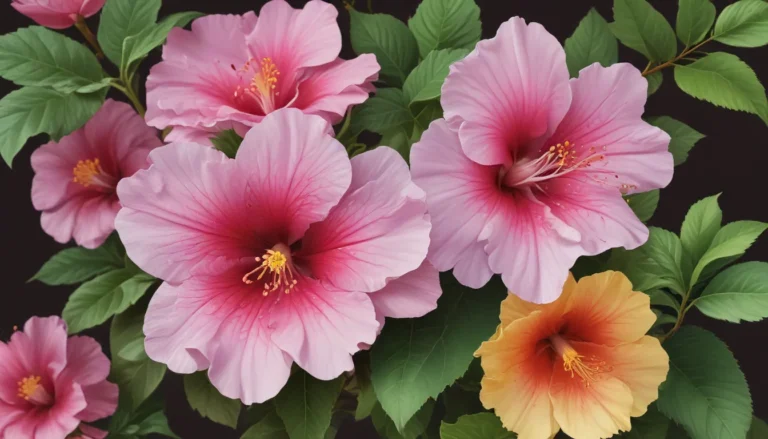The pictures we use in our articles might not show exactly what the words say. We choose these pictures to make you interested in reading more. The pictures work together with the words but don’t take their place. The words still tell you the important facts.
Are you ready to embark on a journey into the enchanting world of wallflowers? These delightful plants have a rich history and a myriad of surprising traits that make them a fantastic addition to any garden. From their captivating fragrance to their vibrant colors, wallflowers are sure to capture your attention. In this article, we will explore 19 fascinating facts about wallflowers that will pique your curiosity and leave you eager to learn more. Whether you are a seasoned gardener or just beginning to nurture your green thumb, these facts will deepen your appreciation for the unique beauty and resilience of these remarkable plants. So, sit back, relax, and let's unravel the mysteries of wallflowers together. Get ready to be amazed by their hidden talents and discover why they are more than just a pretty face. Let's delve into the enchanting world of wallflowers!
The Marvelous World of Wallflowers
Wallflowers, scientifically known as Erysimum, belong to the Brassicaceae family, renowned for their vibrant blooms and delightful fragrance. Native to Europe, North Africa, and Asia, these versatile plants have adapted to various climates worldwide. With a wide spectrum of colors ranging from deep purples to sunny yellows, wallflowers offer an extensive array of choices for gardeners and florists alike. One of the standout characteristics of wallflowers is their sweet and spicy scent, adding a delightful aroma to gardens and flower arrangements.
A Closer Look at Wallflowers
Wallflowers typically have a biennial lifecycle, completing their life cycle in two years, although some varieties can behave as short-lived perennials. They are excellent for attracting pollinators like bees, butterflies, and hummingbirds, playing a crucial role in supporting ecosystems and promoting biodiversity. Throughout history, wallflowers have been used in herbal medicine to treat various ailments such as respiratory issues and digestive problems. They were also highly favored in Victorian flower arrangements due to their rich colors and pleasant scent.
The Resilience and Versatility of Wallflowers
Wallflowers are known for their resilience and adaptability, thriving in different soil conditions and requiring minimal maintenance. These plants are often used for companion planting to repel pests in vegetable gardens, protecting nearby crops from harmful insects. With a long history of symbolism representing fidelity, lasting love, and the arrival of summer, wallflowers have been cherished for centuries across different cultures.
Cultivation and Care Tips for Wallflowers
Wallflowers can be grown from seeds or cuttings, with selective breeding producing double-flowered varieties for a more visually striking bloom. They prefer full sun or light shade for optimal growth, making them perfect for border plants in gardens. Wallflowers have the ability to self-seed, creating new plants without human intervention. When properly cared for, wallflowers can have a long flowering period, attracting beneficial insects like ladybugs and lacewings to maintain a healthy garden ecosystem.
Discover the Beauty of Wallflowers
In conclusion, wallflowers are captivating plants with a rich history and numerous intriguing qualities. Whether you are an experienced gardener or simply enjoy the beauty of flowers, exploring the world of wallflowers is a rewarding experience. By incorporating them into your garden, you can enjoy their delightful fragrance, vibrant colors, and unique characteristics. So, why not add a touch of charm and elegance to your outdoor space with these surprising and delightful plants?
Frequently Asked Questions
- Can wallflowers grow in different climates?
-
Yes, wallflowers are adaptable and can thrive in various climates, from mild to cold.
-
Do wallflowers require special care?
-
Wallflowers are low-maintenance but benefit from regular watering, well-draining soil, and occasional pruning.
-
Are wallflowers available in specific colors?
-
Wallflowers come in a wide range of colors, including vibrant yellows, oranges, reds, and purples.
-
Can wallflowers be grown in containers?
-
Absolutely! Wallflowers can thrive in containers with suitable soil, drainage, and sunlight.
-
Do wallflowers face any pests or diseases?
- While generally resistant, wallflowers may encounter aphids, slugs, or powdery mildew. Regular care can prevent and treat these issues.
Conclusion
Exploring the wonders of wallflowers unveils a world of beauty, resilience, and versatility. These charming plants not only add visual appeal to gardens but also contribute to biodiversity and ecosystem health. With a rich history of medicinal use and cultural symbolism, wallflowers continue to captivate gardeners and floral enthusiasts around the globe. Embrace the allure of wallflowers in your garden and bask in their delightful fragrance and vibrant blooms. Join us in celebrating the magic of these remarkable plants!






